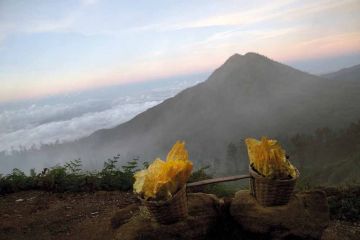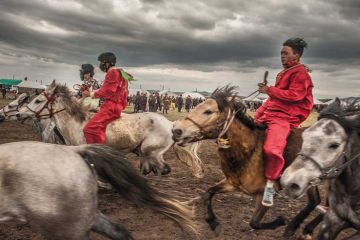I first came across the Sundarbans five years ago when I was asked to
shoot for a campaign for Greenpeace International. I have since returned to
both the Indian and Bangladeshi Sundarbans on seven more occasions covering
among other things the aftermath of cyclone Sidr and cyclone Aila. The Sundarbans is a vast area in the Ganges delta comprising a network
of over 100 low-lying islands surrounded by mangrove swamps. It is the largest
mangrove forest on the planet The area is home to





